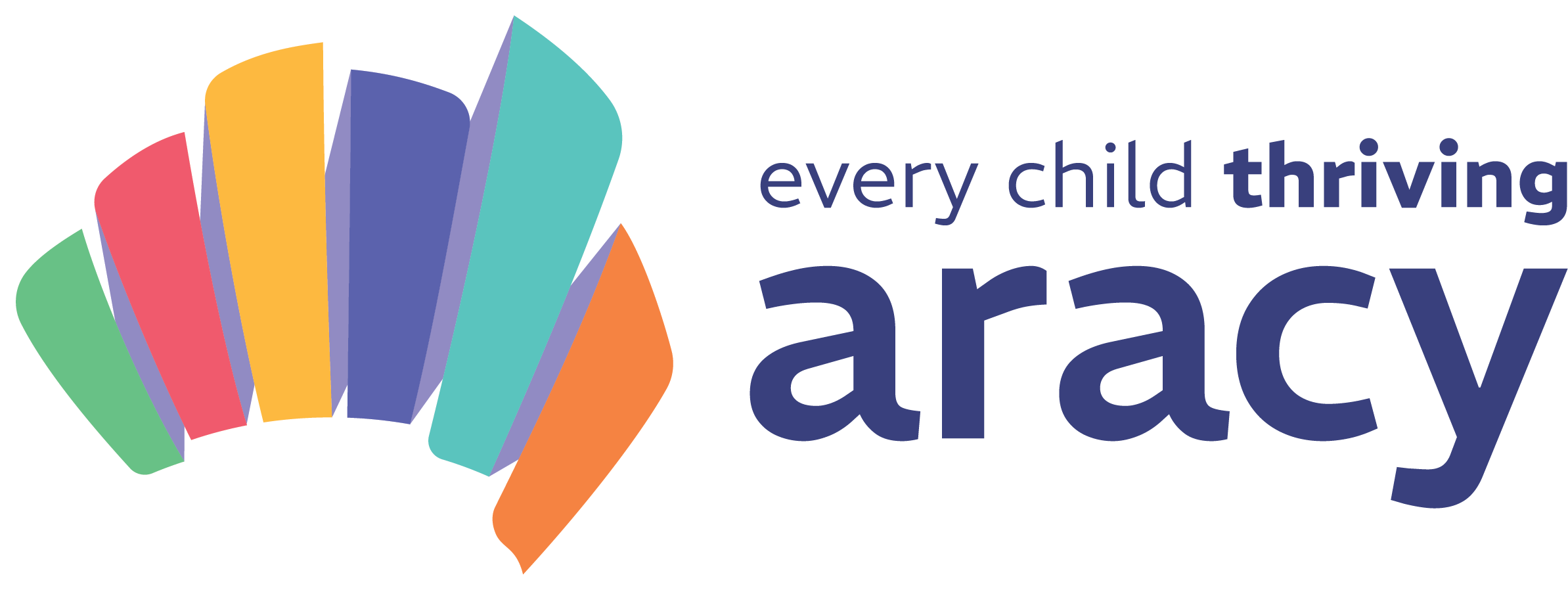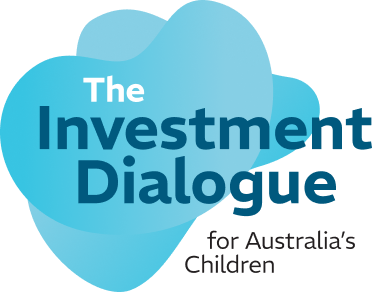What We Do
right@home
Empowering Families, Strengthening Futures
right@home is an Australian nurse home visiting program designed to support families by improving early childhood outcomes. Delivered by trained maternal and child health (MCH) nurses and supported by social workers, right@home integrates seamlessly into the universal health service. The program starts during pregnancy and continues until the child turns two, offering 25 home visits to build parents’ capacity to provide safe, responsive care and a nurturing environment that fosters early learning.
Research highlights the importance of such programs, with more than one in five Australian children entering kindergarten developmentally vulnerable. right@home fills a critical gap by providing evidence-based support to help children thrive in their early years and prepare for school. The program has been shown to improve parenting practices, home safety, and children’s readiness for school.
right@home is a collaborative effort led by ARACY, the Centre for Community Child Health (CCCH), and the Translational Research and Social Innovation Group (TReSI) at Western Sydney University. This partnership ensures a robust and effective delivery of the program across Australia.



“I think it’s fantastic, this right@home... and it’s specifically about your bub, and family and wellbeing… it was just brilliant”
right@home Mum
What are the results?
right@home was shown to have the following effects when children were 2 years old:
- Mothers were more likely to engage in warm parenting practices
- Mothers were less likely to engage in harsh parenting practices
- Children were more likely to have a regular bedtime
- There were fewer safety risks at home
- Mothers were more likely to support their child’s learning
- Children had more opportunity for varied social interaction with adults
- Compared to the usual care, mothers were more satisfied with the service and felt more capable as parents
The results when children were two years old did not change based on number of previous births, level of risk, mother’s mental health, or mother’s belief in her parenting ability.
Why do nurse home visits stop a few weeks after giving birth? Extending them to 2 years benefits the whole family. Read more.
Expert Reference Group
Prof Graham Vimpani (Chair), University of Newcastle, NSW
Prof Kerrie Bowering, Women’s and Children’s Health Network, SA
Mr Warren Cann, Parenting Research Centre, Vic
Ms Karene Fairbairn, Department of Education and early Childhood Development (DEECD), Vic
Prof Sharon Dawe, Griffith University, Qld
Mr Brendon Douglas, JTA International, Qld
Prof Catherine Fowler, University of Technology, Sydney, NSW
A/Prof Jennifer Fraser, The University of Sydney, NSW
A/Prof Sharon Goldfeld, Centre for Community Child Health (CCCH), Murdoch Childrens
Research institute (MCRI), Vic
A/Prof Des Graham, Department of Health and Human Services (DHHS) – Children,
Tasmanian Government, Tas
A/Prof Harriet Hiscock, CCCH, MCRI
A/Prof Lynn Kemp, Centre for Health Equity Research and Evaluation (CHETRE), University of
New South Wales (UNSW), NSW
Prof Sue Kruske, Queensland Centre for Mothers and Babies, University of Queensland, Qld
Ms Deborah Leisser, DHHS – Children, Tasmanian Government, Tas
Ms Christine Long, DHHS – Children, Tasmanian Government, Tas
Prof John Lynch, University of Adelaide, SA
Dr Tim Moore, CCCH, MCRI, Vic
Prof Victor Nossar, Department of Health and Families, NT
Dr Anna Price, CCCH, MCRI, Vic
Mr Luke Hatton, DEECD, Vic (took over from Mr Anthony Raitman in 2013)
Prof Michael Sawyer, University of Adelaide, SA
A/Prof Virginia Schmeid, University of Western Sydney, NSW
Ms Mailin Suchtin, Department of Health and Ageing, NSW
Prof Cate Taylor, University of Western Australia, WA
Mr Mike Willie, DHHS – Children, Tasmanian Government, Tas
Publications
A series of three literature reviews were conducted by CCCH to inform the design of the right@home intervention:
- Sustained nurse home visiting for families and children: A review of effective processes and strategies
- Sustained nurse home visiting for families and children: A review of effective programs
- Evidence-based service modules for a sustained nurse home visiting program
The right@home program has been published in the Annals of the New York Academy of Sciences and Pediatrics.
Nurse Home Visiting for Families Experiencing Adversity: A Randomized Trial
Sharon Goldfeld, Anna Price, Charlene Smith, Tracey Bruce, Hannah Bryson, Fiona Mensah, Francesca Orsini, Lisa Gold, Harriet Hiscock, Lara Bishop, Ashlee Smith, Susan Perlen, Lynn Kemp
Designing, testing, and implementing a sustainable nurse home visiting program: right@home
Sharon Goldfeld, Anna Price, Lynn Kemp
There have also been several other papers developed from the research:
Smith, J., Levickis, P., Eadie, T., Bretherton, L., Conway, L. and Goldfeld, S. (2019), Associations between early maternal behaviours and child language at 36 months in a cohort experiencing adversity. International Journal of Language & Communication Disorders, 54: 110-122. doi:10.1111/1460-6984.12435
Smith, J., Eadie, T., Levickis, P., Bretherton, L. and Goldfeld, S. (2018), Predictive validity of verbal and non‐verbal communication and mother–child turn‐taking at 12 months on language outcomes at 24 and 36 months in a cohort of infants experiencing adversity: a preliminary study. International Journal of Language & Communication Disorders, 53: 969-980. doi:10.1111/1460-6984.12408
Goldfeld, S., Price, A. and Kemp, L. (2018), Designing, testing, and implementing a sustainable nurse home visiting program: right@home. Ann. N.Y. Acad. Sci., 1419: 141-159. doi:10.1111/nyas.13688
Jodie, S., Penny, L., Tricia, E., Lesley, B., Laura, C., & Sharon, G. (2018). Associations between Maternal Behaviors at 1 Year and Child Language at 2 Years in a Cohort of Women Experiencing Adversity. Infancy, 23(1), 74-102. doi:10.1111/infa.12200
Bennetts, S. K., Mensah, F. K., Green, J., Hackworth, N. J., Westrupp, E. M., & Reilly, S. (2017). Mothers’ Experiences of Parent-Reported and Video-Recorded Observational Assessments. Journal of Child and Family Studies, 26(12), 3312-3326. doi:10.1007/s10826-017-0826-1
Goldfeld, S., Price, A., Bryson, H., Bruce, T., Mensah, F., Orsini, F., . . . Kemp, L. (2017). ‘right@home’: a randomised controlled trial of sustained nurse home visiting from pregnancy to child age 2 years, versus usual care, to improve parent care, parent responsivity and the home learning environment at 2 years. BMJ Open, 7(3). doi:10.1136/bmjopen-2016-013307
MH, P. A., E, B. H., Fiona, M., Lynn, K., Lara, B., & Sharon, G. (2017). The feasibility and acceptability of a population‐level antenatal risk factor survey: Cross‐sectional pilot study. Journal of Paediatrics and Child Health, 53(6), 572-577. doi:10.1111/jpc.13510
Sharon, G., Elise, D. A., Hannah, B., Fiona, M., & MH, P. A. Surveying social adversity in pregnancy: The antenatal risk burden experienced by Australian women. Journal of Paediatrics and Child Health, 0(0). doi:10.1111/jpc.13860
Smith, J., Levickis, P., Eadie, T., Bretherton, L., Conway, L., & Goldfeld, S. (2017). Concurrent associations between maternal behaviours and infant communication within a cohort of women and their infants experiencing adversity. International Journal of Speech-Language Pathology, 1-12. doi:10.1080/17549507.2017.1329458
WHAT WE DO
Looking for more?
Search through our extensive Resource Library including Research papers, Submissions, Reports and much more.
What else we do
Right@home
right@home is a relationship-based nurse home visiting program for Australian families, delivered by trained professionals within the universal health service. It empowers parents to create a safe, nurturing environment that supports early child development.
Early Years Strategy
The Australian Government’s Early Years Strategy, developed with input from ARACY, outlines a vision to support children and families by prioritising child-centered policies and targeted investment in early years services over the next 10 years, recognising the crucial role early development plays in lifelong success.
ARACY Longitudinal Studies
Established in 2006, ARACY’s Longitudinal Studies Collaborative (LSC) fosters collaboration between Australian and New Zealand studies focused on children and youth. The LSC promotes data sharing, supports new and ongoing studies, advocates for longitudinal research, and disseminates findings to a broad audience.
Maximising the Middle
‘Maximising the Middle’ is a unique initiative based in Campbelltown and Penrith that aims to see middle years children and young people (MYC&YP), aged 8-14 years, thrive. It is a collaborative project initiated by Uniting NSW.ACT, ARACY and the Stronger Smarter Institute (SSI).
ARACY's The Nest

What's in The Nest?
With six connected areas, The Nest ensures young Australians have everything they need for the best start in life, helping them reach their highest potential.

Our Nest projects
Using The Nest, has helped ARACY to be at the forefront of disease prevention and the promotion of holistic health for young Australians.

The Nest initiatives
Here you’ll see some examples of how The Nest has been used in organisations outside of ARACY across Australia.


